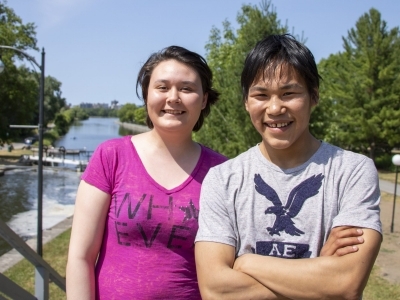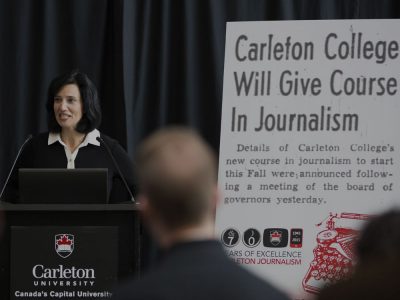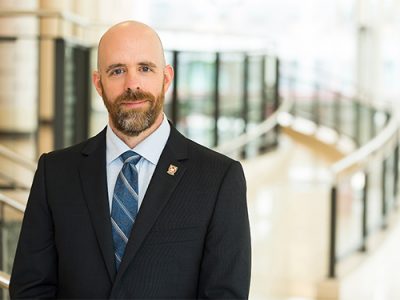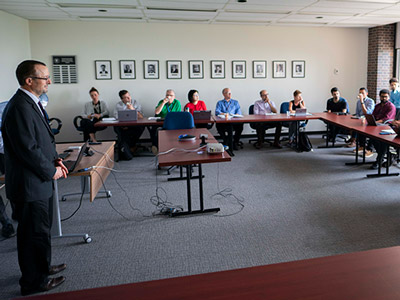By Lesley Barry
Photos by Chris Roussakis
It’s not often that researchers in psychology and geochemistry share the same spotlight. But that’s what happened recently when Ontario’s Early Researcher Awards (ERAs) were announced. Read on to read up on two noteworthy research projects at Carleton University.
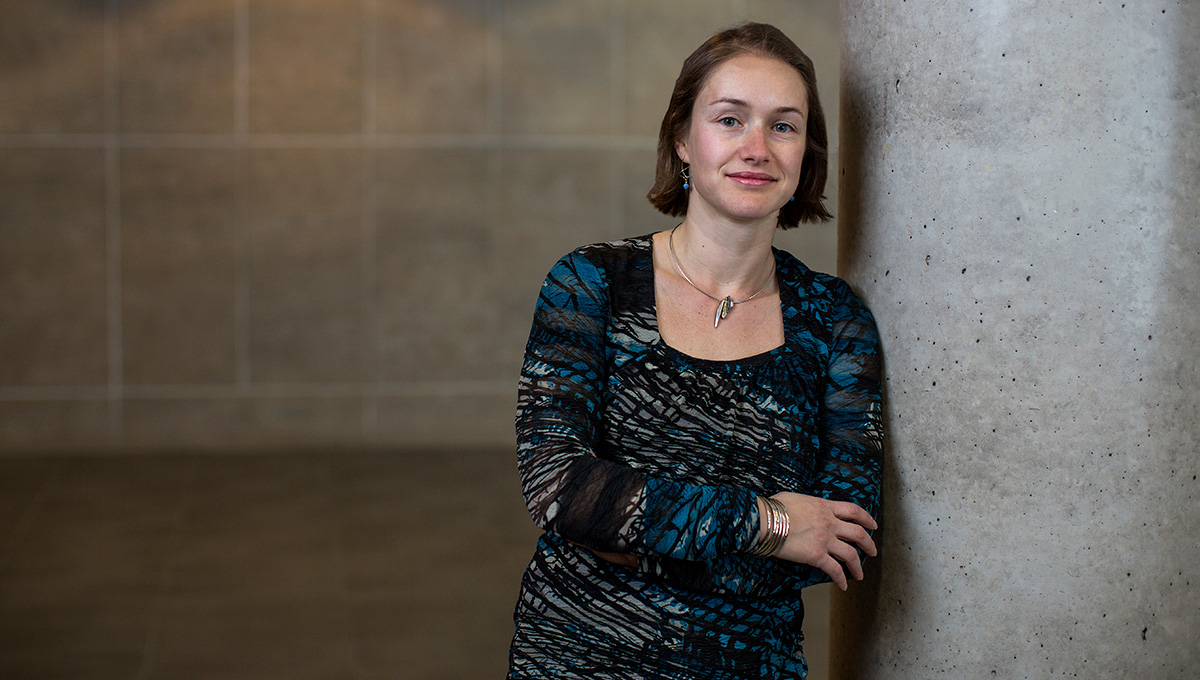
Marina Milyavskaya
“What’s my motivation?”
Nowadays that question shows up in parodies of too-serious actors plying their craft. When it comes to setting goals, though, it’s a question we should all be asking, according to Marina Milyavskaya, assistant professor in the Department of Psychology.
While goal setting and goal pursuit are endemic to daily life in our success-oriented society, goal attainment is less so: how many of us are at our ideal weight or income?
Research confirms the common sense notion that you’re more likely to achieve a goal if it’s something that’s personally important or enjoyable—an “I want”—than if you’re pursuing it because of external pressure, from a parent, partner or supervisor, for example, or because you feel guilty or ashamed—an “I have to” or “I should.”
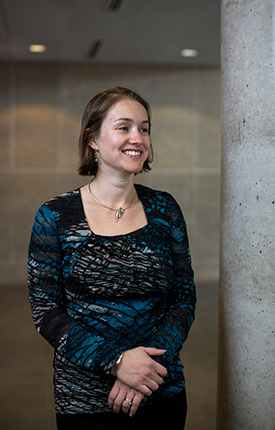 This may be because people pursuing “I want” goals report fewer obstacles than their externally motivated cohort, a gap that Milyavskaya is exploring in her ERA-supported research project.
This may be because people pursuing “I want” goals report fewer obstacles than their externally motivated cohort, a gap that Milyavskaya is exploring in her ERA-supported research project.
“I am looking at how motivation influences objective and subjective experiences of obstacles. Is it that people with internal motivation are setting up their environment in such a way that they reduce the number of obstacles? Or are they encountering obstacles but just not experiencing them as obstacles?”
Answering these questions will involve eight studies, four set in the lab and four out in the day-to-day lives of participants, and a standard questionnaire that assesses motivation. In the lab, participants pursuing weight loss might be asked to arrange a number of objects, including a bowl of candy, within a workspace; the placement of the candy bowl can indicate an awareness of potential obstacles to their goal. Real-world studies will involve frequent reporting on obstacles via smartphone.
“To understand a psychological phenomenon really well, it’s important to have both approaches,” says Milyavskaya.
“You can fine tune what goes on in the lab and then see how the findings apply in real settings. If the evidence converges, it’s reassuring.”
Bridging the gap between lab and life is vital, something she experiences in her own goal-setting. “I keep in mind what I know works in the literature: coming from a place of personal want, and then making actions as automatic as possible so that they become habits tied to specific contexts. But it’s interesting how challenging it still can be to apply that knowledge.”
Milyavskaya is excited by the opportunity the ERA provides to augment her research team. “I’m very fortunate with the students I have worked with so far, and I’m looking forward to working with a postdoctoral student as well. It’s really fun and helpful to have more people to generate and discuss new ideas.”
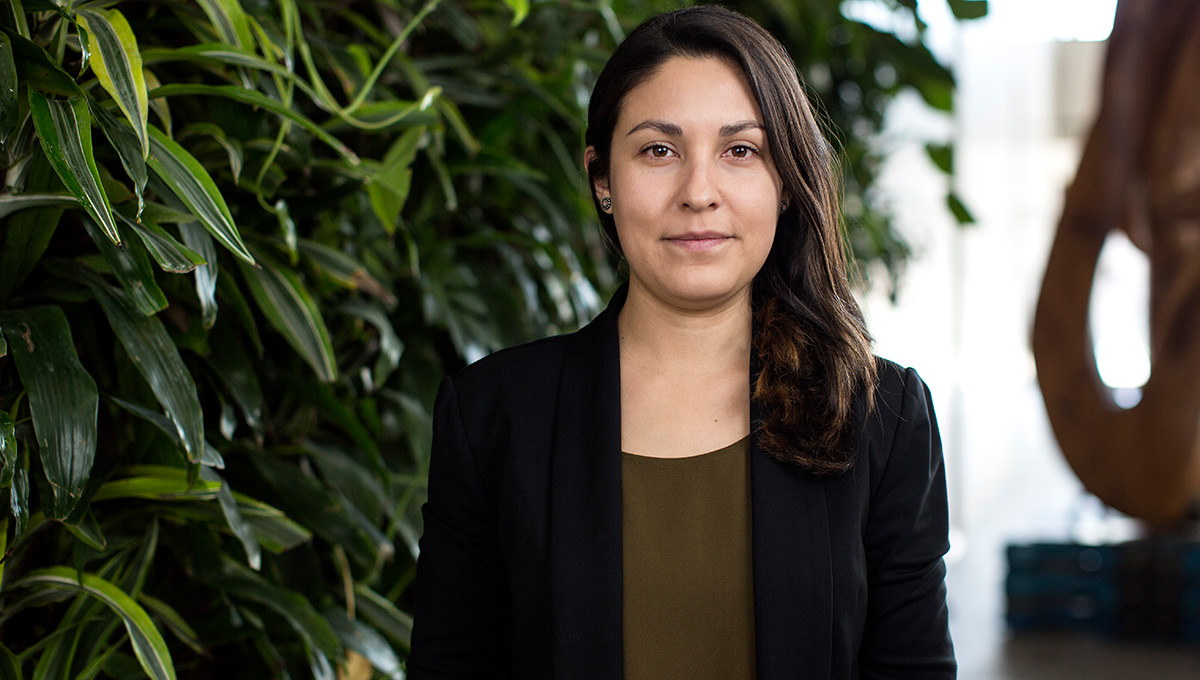
Hanika Rizo
Hanika Rizo is used to thinking in terms of epic timescales. After all, the assistant professor in the Department of Earth Sciences routinely handles some of the oldest rocks on the planet.
Rizo’s focus is the formative period of the Earth—literally formative, from the first two particles of stardust clinging together amid a great swirl of gas and dust 4.56 billion years ago to a sphere, 100 million years later, with a girth of 40,000 kilometres. In between those two states, conjecture goes, particles clumped and congealed to become asteroids, which in turn collided and merged many times over, forming an ever-increasing mass. Along the way, a metallic core formed, covered by a rocky mantle that likely saw several melting episodes during its period of accretion.
“It isn’t easy to construct what happened in detail,” says Rizo. “Where paleontologists use fossils to reconstruct the past, geologists use rocks. But we don’t have rocks that date back to the Earth’s formation.”
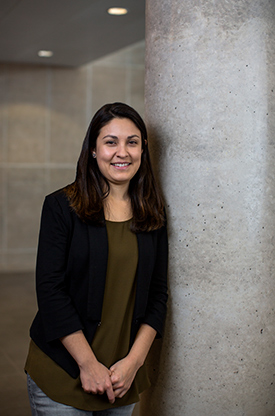 However, there were unstable atoms—or radioactive isotopes—of various elements. One of these, 182-hafnium, has been extinct for the last 4.51 billion years, but when it was active, during the first 50 million years of the Earth’s formative period, it decayed into 182-tungsten.
However, there were unstable atoms—or radioactive isotopes—of various elements. One of these, 182-hafnium, has been extinct for the last 4.51 billion years, but when it was active, during the first 50 million years of the Earth’s formative period, it decayed into 182-tungsten.
Some 60,000 years ago, a portion of the deep mantle came to the surface on Baffin Island, likely through a hot conduit, producing lavas that erupted through the Earth’s crust; these lavas then solidified to become volcanic rock. Rock samples were turned over to Rizo’s analysis, where she found small but significant variations in 182-tungsten. Her conclusions resulted in a paper published in the journal Science.
“Geological processes during the formative period likely distributed uneven proportions of hafnium in different parts of the Earth’s interior,” says Rizo.
“Variations in the amount of 182-tungsten could reflect these processes, and may be used as a tool to better understand these events. Studying the isotopic composition of rocks gives us a window into that time.”
The ERA will help give three geochemistry graduates an opportunity, unique in Canada, to learn cutting-edge analytic techniques for high-precision isotope measurements.
Growing up, Rizo was one of those kids who would bring rocks home from a hike, fascinated by their textures and colours. “With geology, I discovered the incredible things you can learn from rocks. And now, with geochemistry, the information is so powerful. There is no other way to find out what happened so far back in time, but these rocks and the traces they carry can take us there.”
Tuesday, April 17, 2018 in Earth Sciences, Faculty of Science, Psychology, Research
Share: Twitter, Facebook
